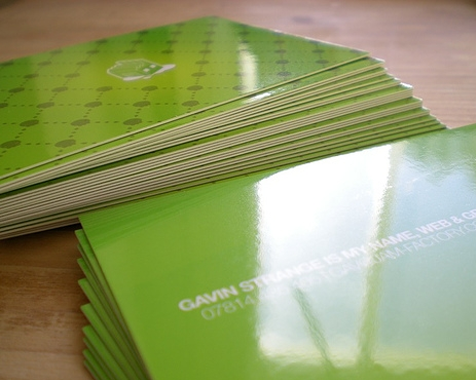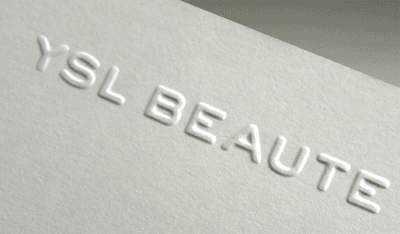There are a range of different print finishes you can use for your work that give off different messages about the work itself. The finish of your publication can be very important as the front cover of a book is the first thing the audience sees, and a well executed print finish can be vital to producing an effective piece of work.
Below are the various different print finishes and what they are commonly used for in industry:
Spot Varnishes
Spot varnishes are used to attract the eye to certain places on the book and to generate interest in the book from afar. Using a spot varnish for a title can be a clever way to stand out amongst other books whilst not having to make your publication look 'tacky'.
Lamination
Lamination, while being one of the more expensive finishes, can add a layer of protection to a project to give it a sturdiness and also enhances the contract and and sharpness of a project to give it a professionally designed look. Lamination is most commonly used for business cards and book covers to protect them from water and day-to-day wear.
Foiling
Foiling is commonly used to add an element of luxury to a project and adds reflective properties to your work. Foiling is the process of adding a stamp using heat and pressure to mark stock. It is usually only used on text and elements of the project as opposed to fully foiling a page.
Embossing
Embossing is the act of raising certain elements of a project to give it a 3D feel on the page. It adds shadows to the project, with physical touch being incorporated which can be used for projects involving the physical nature. The fact that you can literally feel the texture instills trust into your project.
Die Cutting
Die cutting is the process of cutting out elements of a project using a die cutting machine. It is commonly used to add another layer of design to your work, often revealing linked elements beneath the cut-out.















No comments:
Post a Comment